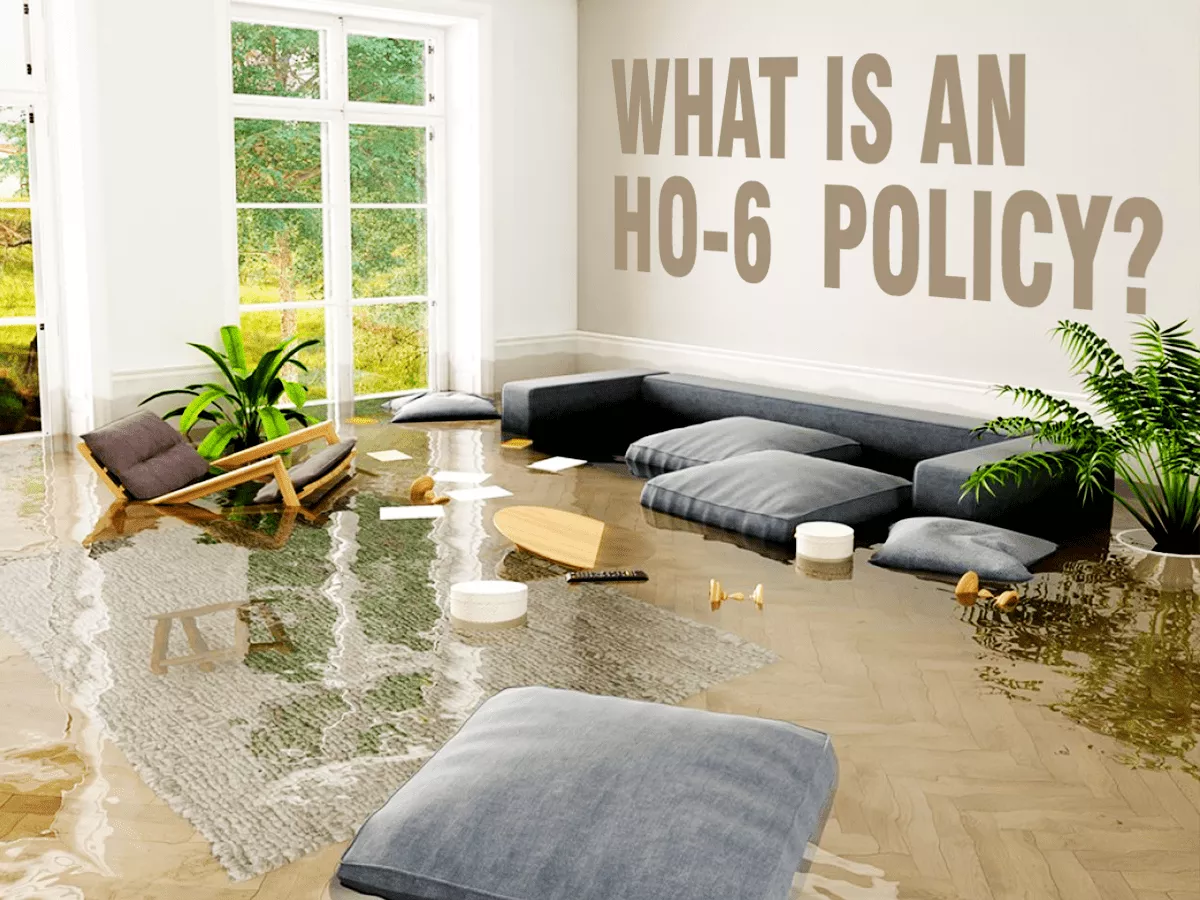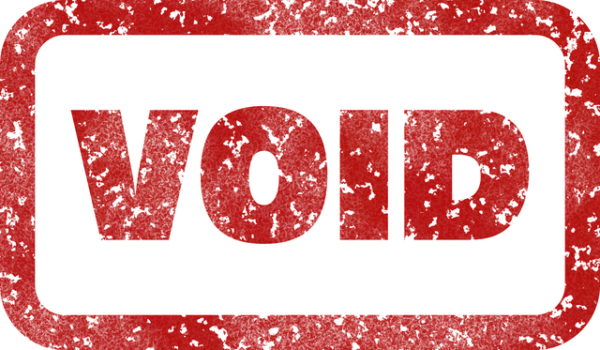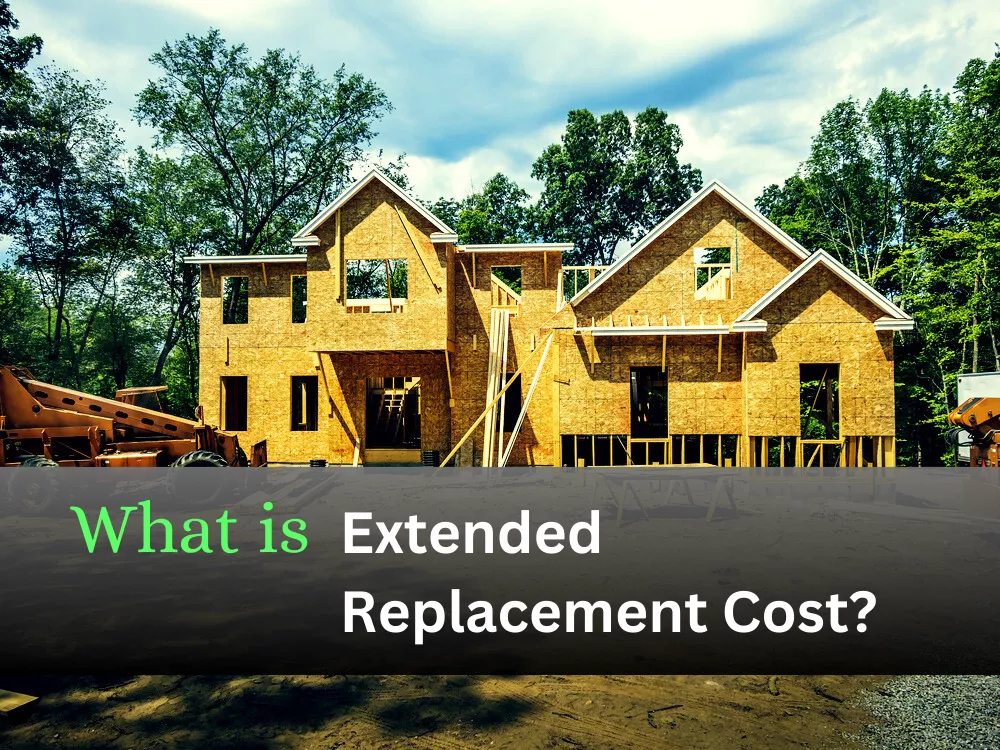Understanding homeowners insurance can be overwhelming, but the Special HO-3 policy stands out for its extensive coverage and flexibility. This article will delve into the specifics of the HO-3 policy, understanding its benefits, coverage areas, exclusions, and more.
I. What is a Special HO-3 Homeowners Insurance Policy?
1. Defining HO-3 Coverage
a. Comprehensive Protection
The Special HO-3 policy, also known as an “open perils” or “all-risk” policy, provides comprehensive coverage for your home. It covers the dwelling and other structures against all perils, except those specifically excluded in the policy.
b. Personal Property Protection
Unlike basic HO-1 or HO-2 policies, the HO-3 policy offers broader protection for your personal property, albeit on a named-perils basis. This means your belongings are protected against a specified list of risks.
2. Components of an HO-3 Policy
a. Dwelling Coverage
This part of the policy covers the structure of your home, including walls, roof, and foundation, against all perils except those explicitly excluded.
b. Other Structures
This includes coverage for structures not attached to your home, such as garages, sheds, and fences.
c. Personal Property
Covers your personal belongings, such as furniture, electronics, and clothing, against specific perils like fire, theft, and vandalism.
d. Loss of Use
Provides financial assistance for additional living expenses if your home becomes uninhabitable due to a covered peril.
e. Liability Coverage
Protects you against legal liability if someone is injured on your property or if you cause damage to someone else’s property.
f. Medical Payments
Covers medical expenses for guests who are injured on your property, regardless of fault.
II. Advantages of an HO-3 Policy
1. Broad Coverage
a. All-Risk Protection
The HO-3 policy is known for its broad all-risk protection for the dwelling and other structures. This means that unless a peril is specifically excluded, it is covered.
b. Flexibility
The policy’s flexibility allows you to customize your coverage with endorsements and add-ons, providing tailored protection for your unique needs.
2. Financial Security
a. Peace of Mind
With extensive coverage, homeowners can have peace of mind knowing they are protected against a wide range of potential risks.
b. Asset Protection
By covering both the structure and personal property, the HO-3 policy helps safeguard your most valuable assets against unforeseen events.
III. Common Exclusions in an HO-3 Policy
1. Typical Exclusions
a. Floods
Standard HO-3 policies do not cover flood damage. Homeowners in flood-prone areas should consider purchasing separate flood insurance.
b. Earthquakes
Earthquake damage is also excluded. Separate earthquake insurance can be purchased for protection against seismic activity.
c. Maintenance Issues
Damage resulting from poor maintenance, wear and tear, or infestations is not covered by the HO-3 policy.
2. Customizing Exclusions
a. Endorsements and Riders
Homeowners can customize their HO-3 policy by adding endorsements or riders to cover specific risks not included in the standard policy.
b. Reviewing Policy Details
It’s crucial to review your policy details and discuss exclusions with your insurance provider to ensure you have adequate coverage.
see also:How Much Should I Expect to Pay for It?
IV. How to Obtain an HO-3 Policy
1. Choosing the Right Insurer
a. Reputation and Reliability
Select an insurance provider with a strong reputation for reliability and customer service. Research reviews and ratings to make an informed decision.
b. Coverage Options
Compare coverage options and premiums from multiple insurers to find the best policy that meets your needs and budget.
2. Understanding Your Coverage Needs
Evaluate the specific risks associated with your home and location. This will help you determine the necessary coverage and any additional endorsements you might need.
Create an inventory of your personal property to ensure you have adequate coverage for your belongings.
3. Policy Customization
a. Endorsements
Consider adding endorsements for additional coverage, such as jewelry, fine art, or home business equipment.
b. Deductibles
Choose a deductible that balances affordability and financial security. Higher deductibles can lower premiums but may require more out-of-pocket expenses in the event of a claim.
V. Cost of an HO-3 Policy
1. Factors Influencing Premiums
a. Home Value and Location
The value and location of your home significantly influence your insurance premiums. Homes in high-risk areas or with higher replacement costs will have higher premiums.
b. Coverage Limits and Deductibles
Higher coverage limits and lower deductibles result in higher premiums. Conversely, higher deductibles can reduce premium costs.
c. Personal Factors
Your credit score, claims history, and even your marital status can affect your insurance premiums. Maintaining a good credit score and a claims-free record can help lower costs.
2. Saving on Premiums
a. Discounts
Many insurers offer discounts for bundling policies, installing security systems, or being claim-free. Ask your insurer about available discounts.
b. Home Improvements
Making improvements to your home, such as upgrading the roof or installing storm shutters, can reduce your premiums by mitigating risks.
VI. Filing a Claim on an HO-3 Policy
1. Steps to File a Claim
a. Documentation
In the event of a loss, document the damage with photos and videos. Keep receipts and records of any repairs or replacements.
b. Contact Your Insurer
Notify your insurance provider as soon as possible. Provide them with all necessary documentation and details about the loss.
v. Assessment and Adjuster
An insurance adjuster will assess the damage and determine the amount of compensation. Cooperate fully and provide any additional information requested.
2. Claim Settlement
a. Compensation
Once the claim is approved, you will receive compensation to cover the repairs or replacement of your property.
b. Appealing a Decision
If you disagree with the settlement amount, you can appeal the decision. Provide additional documentation or hire a public adjuster to assist with the process.
FAQs
1. What does an HO-3 policy cover?
An HO-3 policy covers the dwelling and other structures against all perils except those specifically excluded. It also provides coverage for personal property, liability, and additional living expenses.
2. What is the difference between HO-3 and HO-5 policies?
While both policies offer comprehensive coverage, an HO-5 policy provides all-risk coverage for personal property as well, whereas an HO-3 policy provides named-perils coverage for personal property.
3. Are floods and earthquakes covered under an HO-3 policy?
No, standard HO-3 policies do not cover flood or earthquake damage. Separate policies or endorsements are needed for these risks.
4. How can I reduce my HO-3 insurance premiums?
You can reduce premiums by increasing your deductible, qualifying for discounts, bundling policies, and making home improvements that mitigate risks.
5. Can I customize my HO-3 policy?
Yes, you can customize your policy with endorsements and riders to cover specific risks not included in the standard policy.
Conclusion
A Special HO-3 homeowners insurance policy offers comprehensive coverage for your home, providing peace of mind and financial security. Understanding the specifics of what it covers, how to customize it, and the factors that influence its cost can help you make informed decisions about your insurance needs. By choosing the right coverage and taking steps to reduce premiums, you can protect your home and assets effectively. Regularly reviewing your policy and staying informed about your coverage ensures that you remain adequately protected against various risks.





















